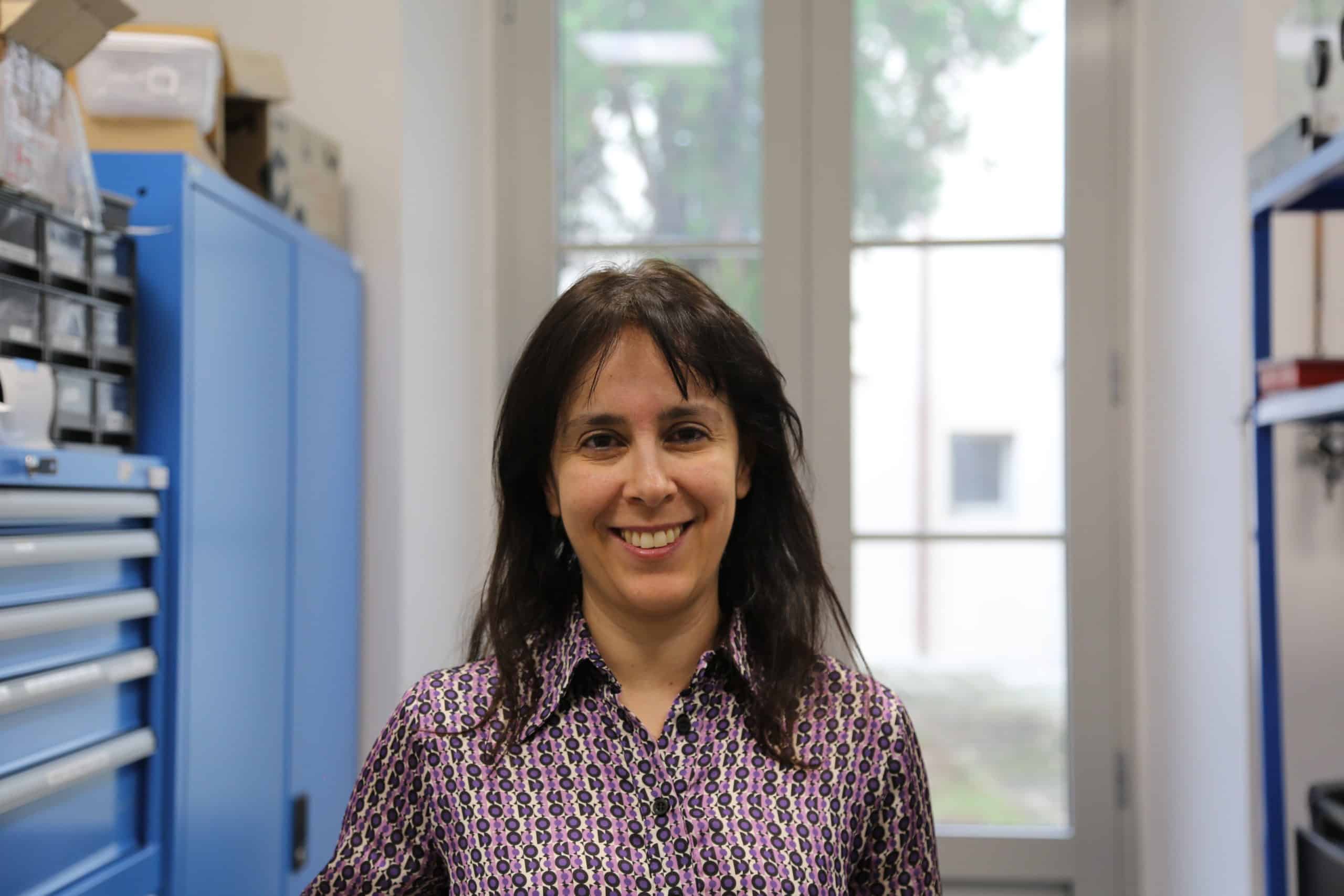The European Research Council (ERC) announcement, today, disclosed that the project of Cnr Nano researcher Miriam Serena Vitiello stood out among
the 102 selected for funding. The Proof of Concept (PoC) grant, totaling €150,000, aims to propel Vitiello's innovative research from the lab to the early stages of commercialization.
The TeraScan project tackles the challenges of designing compact, economical, fast, and miniaturized imaging systems in the far-infrared band. This groundbreaking technology holds promise for a variety various of applications, from industrial quality control and medical imaging to quantum communications and security.
Miriam Vitiello's expertise in designing lasers and detectors for far-infrared radiation positions her as a leading figure in advancing this cutting-edge field.
Breaking New Ground in Far-Infrared Imaging
The foundation of the TeraScan project lies in leveraging terahertz radiation, an area that Vitiello has been pioneering. Terahertz (THz) radiation lies in the far-infrared spectrum, and has the unique capability to penetrate many non-metallic materials and detect specific molecules. Despite its potential, designing compact, economical, fast, and miniaturized imaging systems in the far-infrared band has posed significant challenges. Vitiello's project, seeks to overcome these hurdles through the use of ultra-fast graphene detectors, leveraging the advanced scientific outcomes of the previous
ERC Consolidator Grant STAR.
With a focus on scalability, the project targets a low cost (<€40,000), fast response time per pixel (<10 ns), and single graphene-based terahertz detectors operating at room temperature (RT). Additionally, these detectors will have an extremely low power consumption, making them ideal for real-time detection, especially at frequencies >2.5 THz, where current commercial systems experience a severe drop in performance.
Applications Beyond Security
While the security sector is among the potential beneficiaries of this advanced technology, Vitiello emphasizes its applicability across various sectors. “There is a strong demand for such systems, on both centimeter and millimeter scales, for quality control in many sectors such as electronics, Wi-Fi communications, pharmaceuticals, maintenance, cultural heritage, and healthcare, including dentistry, dermatology, and oncology”, says Vitiello.
Contributing to Horizon Europe
The ERC PoC grant received by Miriam Vitiello is part of the broader Horizon Europe research and innovation program of the European Union. These funds are specifically aimed at supporting researchers in translating the results of their frontier research into practical commercial or industrial applications.
Miriam Serena Vitiello leads the "THz photonics" research group at the NEST Laboratory of Cnr Nano and the Scuola Normale Superiore in Pisa, and holds an adjunct professorship in Condensed Matter Physics at the Scuola Normale Superiore di Pisa. She has received numerous accolades, including two previous ERC grants, Marie Curie projects, FET open projects and and numerous international awards.
This recognition makes the researcher achieve her third ERC grant, underscoring her key role in promoting excellence in scientific research.
